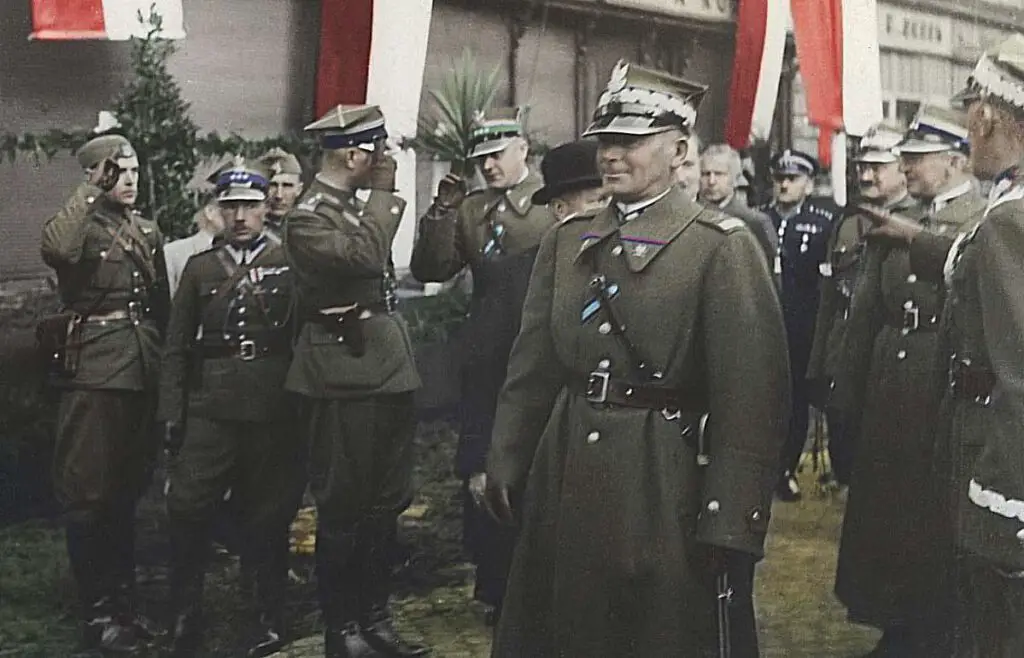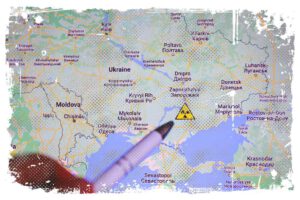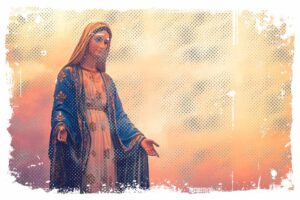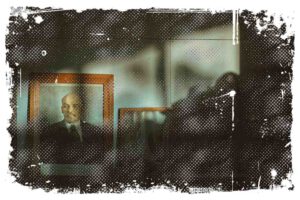Military uniforms have an interesting history, and the Polish Army’s uniforms are no exception. I think it’s essential to understand that a military uniform is a specific outfit worn by active military personnel. The appearance and elements of these uniforms are regulated, but they haven’t always looked the way they do now. So, I am convinced it’s worth taking a look at the history that shaped the uniforms of the Polish Army.

You need to know that the military uniform is legally reserved for soldiers of the Polish Armed Forces. Depending on the type of Armed Forces, military units, and specialties, solders wear different uniforms. If you’re curious, here’s a list of the uniforms you might see:
- Air Forces
- Navy
- Land Forces
You may also want to read this article: Polish Army Soldiers Individual Equipment
Polish Military Field Uniform
Field uniform holds a special place in the hearts of many, as it represents the dedication and resilience of a Polish soldier. This uniform deserves our respect, not only because it’s the attire of a Polish soldier but also because of the challenges it endures. The soldier wears it through rain and mud, burns it on the napalm track, and wears it while crawling through tough terrains, yet it never loses its significance.
↳ PRO TIP: Do you like traveling? Then before you buy any ticket or book an attraction, check if it's available in this worldwide Viator Database. You may save a lot of money and time. No need to thank me :)



If you’re wondering who wears this field uniform, it’s worn by all soldiers except those on Navy vessels. Instead, Navy vessel soldiers wear navy blue training clothes. The field uniform, adorned with protective camouflage, serves a variety of purposes:
- Alarm, field training,
- Business trips where tasks require a field or training outfit
- Official duties in the garrison area that demand this outfit’s presence
Being there, you’ll notice that the field uniforms have several components, which include:
- Beret – for all soldiers except Air Force personnel
- Field forage cap – for soldiers wearing Air Force uniforms
- Field hat – for soldiers performing official tasks abroad
- Winter hat – for all soldiers during low temperatures
Please check all field uniforms in one pdf by clicking here.
Significance of Formal Dress Uniforms in a Soldier’s Social Image
I believe that formal dress uniforms play a crucial role in shaping a soldier’s social image. These uniforms are primarily worn during individual and group performances, and they make soldiers from different branches of the military easily distinguishable.


You’ll notice that soldiers from the Land Forces wear khaki, Air Force soldiers don steel, and Navy soldiers don navy blue dress uniforms. Each of these uniforms showcases its own unique charm.
If you’re curious about the specific attire for each branch, here’s a breakdown:
- Land Forces soldiers wear khaki uniforms, with white and khaki shirts and shirt-blouses.
- Air Force soldiers wear steel uniforms, accompanied by white and steel shirts and shirt-blouses.
- Navy soldiers wear navy blue and white unforms, along with white shirts and shirt-blouses.


Please check the article I wrote: Complete Guide To The Polish Air Force: Symbols, Aircraft, Bases


So, if you need to recognize a soldier’s affiliation, their formal dress uniform can be an excellent indicator of the branch they belong to. The distinct colors and styles of these uniforms not only create a sense of unity within each branch but also contribute to the soldier’s overall social image.
Evolution of Military Uniforms in Poland and Around the World
The beginnings of military uniforms, including the Polish military uniform, can be traced back to the times when armor served as protective clothing for soldiers. It wasn’t until the 16th century that uniform clothing started being used, making it easier to fight and use offensive weapons. This was also when colors assigned to specific military formations began to be introduced.
The 18th century brought about significant reforms in military uniforms. Back then, a typical uniform consisted of a black felt hat with a white bow, frock coat, high black boots for cavalry, stockings, and white trousers for infantry, combined with leather gaiters. Polish authorities’ clothing was also unified during this time, with uniforms based on national costumes of the nobility and enhanced with additional elements like sashes and epaulettes. The Confederation cap was adopted as the headgear for officers and national cavalry comrades, with its square top serving as a prototype for the rogatywka cap, which was later adorned with a cavalry cross.
In those days, the primary uniform component was either a green or navy blue jacket. Cavalry and infantry generals wore navy blue, while artillery, military engineering, and royal uhlans donned green. Officer ranks were distinguished by embroidery, stripes, and stars. The image of a white eagle was featured on infantry caps and officers’ bandoliers.
The 19th century saw further modifications to uniforms, with the white eagle appearing on soldiers’ caps, as well as metal badges showcasing various types of wepons and the decoration of the commander-in-chief. The bow color on the caps changed to white and red, which became the national colors.
During World War I, soldiers wore uniforms from the armies of countries where Polish military formations were established. Polish costumes were distinguished by the eagle on buttons, caps, and epaulettes, as well as the „rogatywka” cap.

The navy blue uniform of the Navy was introduced in the first half of the 20th century. Officers’ caps were adorned with an eagle, an anchor, and a bay leaf, while sailors’ headgear featured an emblem with an anchor.

Around the same time, gray and steel colors for uniforms were adopted by the Polish Air Force, and these colors were soon used in armored troops as well. Double stripes appeared on generals’ trousers, and officers’ uniforms were marked with five stars. The 20th century was a period of shaping the appearance of military uniforms as we know them today.
References:
- https://www.hero-collection.com.pl/blog/historia-polskiego-munduru-wojskowego
- https://www.wojsko-polskie.pl/articles/umundurowanie-9/2019-05-21a-mundury-polowe/
- https://wielkahistoria.pl/przedwojenne-wojsko-polskie-w-kolorze-tak-wygladaly-najnowoczesniejsze-mundury-naszych-zolnierzy/



